7 Common Metal Materials & Typical Uses
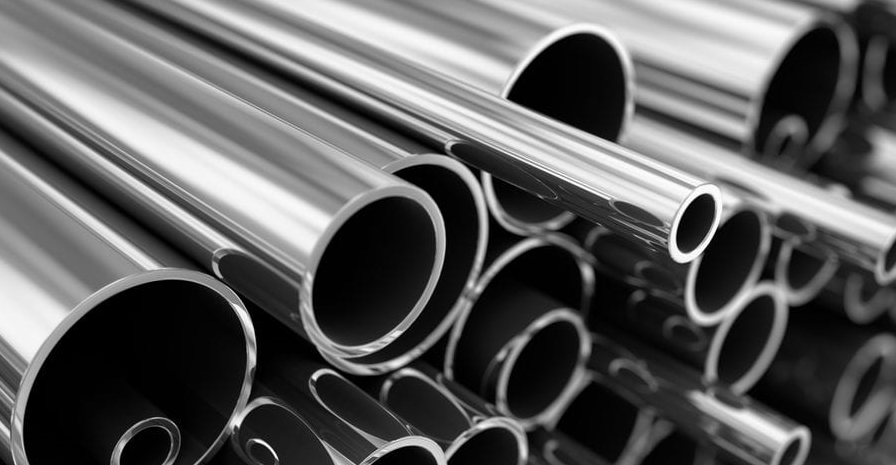
7 Common Metal Materials & Typical Uses
Hundreds of thousands of different types and grades of metals can be found in the world, each of which was developed for a specific application. You come into contact with dozens of metals every day. Here we have an interesting guide that will take you through some common metal materials and their typical uses.
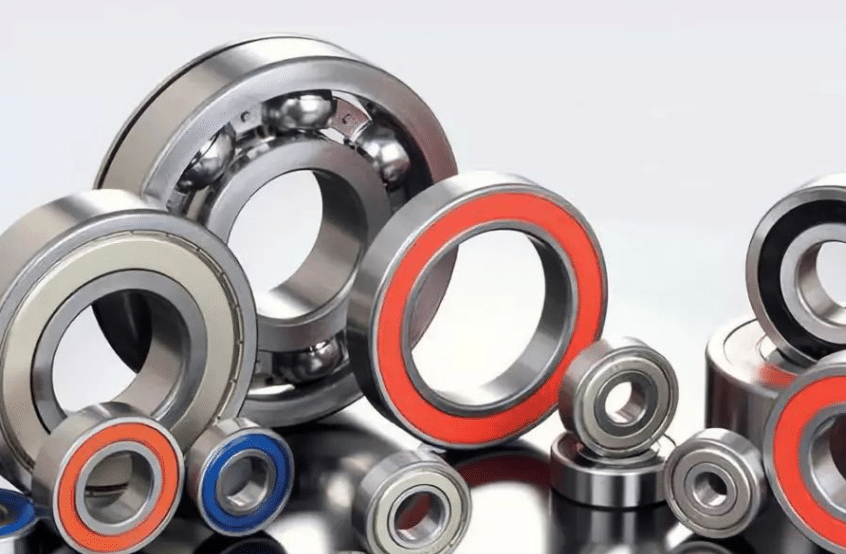
Common Metal Materials
Common Metal Materials - 1. Cast Iron
As an inconspicuous part of our daily life environment, few people pay attention to the sewer cover. Sewer covers are made of cast iron, which means that the iron is melted and then cast into a mold.
Cast iron is actually the name of a mixture of multiple elements, including carbon, silicon, and iron. The higher the carbon content, the better the flow characteristics during the casting process. Carbon is present here in the form of graphite and iron carbide.
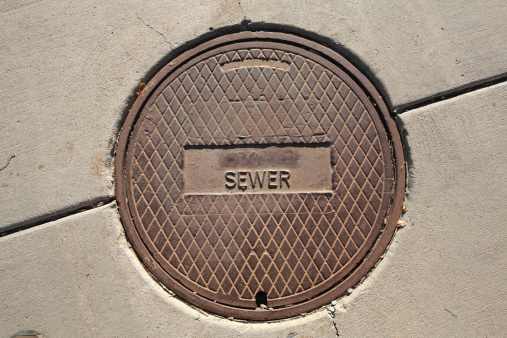
Cast Iron Sewer Manhole
The presence of graphite in the cast iron gives the sewer cover excellent wear resistance, and rust generally only appears on the outermost layer, so it is usually polished.
Nevertheless, there are still measures to prevent rust during the casting process, that is, a layer of asphalt coating is applied to the surface of the casting, and the asphalt penetrates into the pores of the surface of the cast iron to prevent rust. The traditional process of producing sand casting materials is now used by many designers in other new and interesting areas.
Typical Uses
Cast iron has been used for hundreds of years in applications such as construction, bridges, engineering components, home, and kitchen appliances.
Common Metal Materials - 2. Stainless Steel
Stainless steel is an alloy made by incorporating chromium, nickel, and other metal elements into the steel. Its non-rusting property is derived from the chromium component of the alloy. The chromium forms a firm, self-repairing chrome oxide film on the surface of the alloy, which is invisible to the naked eye. The ratio of stainless steel to nickel we usually refer to is generally 18:10.
At the beginning of the 20th century, stainless steel began to be introduced into the product design field as a raw material. Designers developed many new products around its toughness and corrosion resistance, involving many fields that have never been seen before. This series of design attempts is very revolutionary, such as the re-use of equipment after disinfection for the first time in the medical industry.
Stainless steel is divided into four main types: austenite, ferrite, ferrite-austenite (composite), and martensite. The stainless steel used in household products is basically austenite.

Stainless steel
Typical Uses
Austenitic stainless steel is mainly used in household products, industrial pipes, and building structures; martensitic stainless steel is mainly used to make tools and turbine blades; ferritic stainless steel is corrosion-resistant and is mainly used in durable washing machines and boiler parts. Composite stainless steels are more resistant to corrosion and are often used in aggressive environments.
Common Metal Materials - 3. Aluminum
Compared to the gold that has been used for 9000 years, aluminum is really only a baby in metallic materials. Aluminum was discovered and named in the early 18th century.
Unlike other metal elements, aluminum is not present in nature as a direct metal element but is extracted from bauxite containing 50% alumina. Aluminum, which exists in minerals in this form, is also one of the most abundant metal elements on our planet.
When aluminum was first introduced, it was not immediately applied to people's lives. Later, a number of new products for their unique functions and features gradually came out, and this high-tech material gradually became more and more widely available.
Although the application history of aluminum is relatively short, the output of aluminum products on the market now far exceeds the sum of other non-ferrous metal products.

Aluminum
Typical Uses
Aluminum metal is widely used in vehicle skeletons, aircraft parts, kitchen utensils, packaging, and furniture. Aluminum is also often used to reinforce some large building structures, such as the statue of Eros on Piccadilly Circus in London and the top of the Chrysler Car Building in New York, all of which have been made of aluminum.
Common Metal Materials - 4. Magnesium Alloy
Magnesium is an important non-ferrous metal. It is lighter than aluminum and can form a high-strength alloy with other metals. The reserves of magnesium in the earth's crust are ranked 8th. Most of the magnesium raw materials are extracted from seawater, so its resources are stable and sufficient.
Magnesium alloy has the advantages of light specific gravity, high specific strength and specific stiffness, good thermal conductivity, good damping and electromagnetic shielding performance, easy processing, and easy recycling.
However, for a long time, magnesium and magnesium alloys have been used in aerospace, aerospace, and military industries due to their high price and technical limitations, and are therefore called "noble metals".
Today, magnesium is the third-largest metal engineering material after steel and aluminum, which has been widely used in aerospace, automotive, electronics, mobile communications, metallurgy, and other fields. It is expected that the importance of magnesium metal will become greater in the future due to the increased production costs of other structural metals.
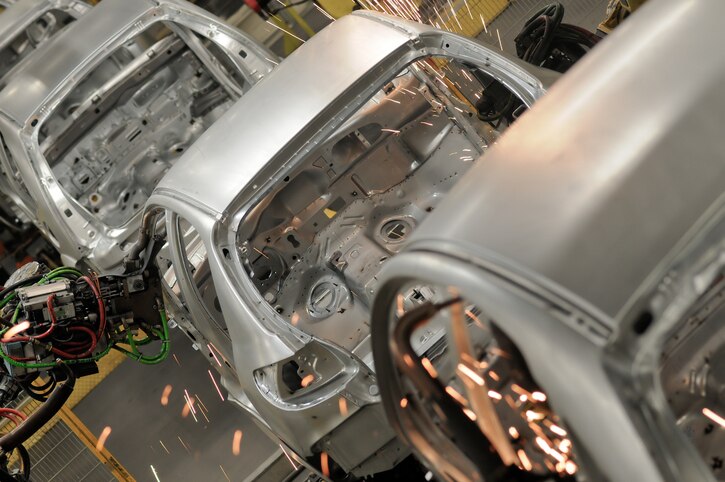
Mmagnesium alloy
Typical Uses
Magnesium is widely used in aerospace, automotive, electronics, mobile communications, metallurgy, and other fields.
Common Metal Materials - 5. Copper
Copper is simply an incredible universal metal that is so closely related to our lives since many of human's early tools and weapons were made of copper. The Latin name "Cuprum" of copper originated from a place called Cyprus, which is a very rich island of copper. People named the metal material with the name of the island, Cu, so the copper has the current code.
Copper plays a very important role in modern society. It has been widely used in building structures as a carrier for transmitting electricity. In addition, it has been used by many people of different cultural backgrounds as raw materials for making body decorations for thousands of years. From the initial simple decoding transmission to the key role played in complex modern communication applications, this malleable, orange-red metal has been accompanied by our development.
Copper is an excellent electrical conductor whose electrical conductivity is second only to silver. From the time history of people using metal materials, copper is the second-most used metal by mankind. This is largely due to the fact that copper mines are easily mined and copper is more easily separated from copper mines.

Copper
Typical Uses
Copper is used in wire, engine coils, printed circuits, roofing materials, pipe materials, heating materials, jewelry, and cookware. It is also one of the main alloying ingredients for making bronze.
Common Metal Materials - 6. Chromium
The most common form of chromium present is used as an alloying element in stainless steel to enhance the hardness of stainless steel. The chrome process is usually divided into three types: decorative coating, hard chrome plating, and black chrome plating.
The chrome plating is widely used in the engineering field. The decorative chrome plating is usually applied as the outermost layer to the outside of the nickel layer, and the plating layer has a fine and delicate mirror-like polishing effect.
As a decorative post-treatment process, the thickness of the chrome plating is only 0.006 mm. When planning a chrome plating process, the dangers of this process must be fully considered.
In the past decade, the trend of replacing hexavalent decorative chrome water with trivalent chromium water has become more and more obvious, because the former is very carcinogenic and the latter is considered to be relatively less toxic.
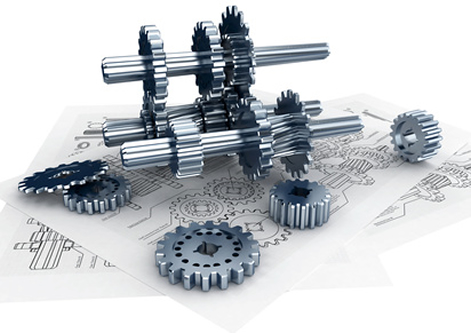
Chrome plating
Typical Uses
Decorative chrome plating is the coating material for many automotive components, including door handles and bumpers. In addition, chromium is also used in bicycle parts, bathroom faucets, as well as furniture, kitchen utensils, and tableware.
Hard chrome is more used in the industrial sector, including random access memory in the control block, jet engine components, plastic molds, and shock absorbers. Black chrome is mainly used for musical instrument decoration and solar energy utilization.
Common Metal Materials - 7. Titanium
Titanium metal is very special, its texture is light but very tough and corrosion-resistant, and it maintains its own color tone at room temperature for life. Together with the current and chemical treatment, titanium produces different colors.
Titanium has a melting point similar to that of platinum, so it is often used in aerospace and military precision parts. Titanium has excellent acid and alkali corrosion resistance, even if it is soaked in the water for a few years, the titanium is still bright and shining.
Titanium has excellent properties such as low density, high-temperature resistance, and corrosion resistance. The density of titanium alloy is half that of steel and its strength is almost the same as that of steel.
Titanium is resistant to both high temperatures and low temperatures and maintains high strength over a wide temperature range of -253°C to 500°C. These advantages are essential for space metals. Titanium alloy is a good material for making rocket engine casings and satellites and spacecraft.
Besides that, due to their high strength-to-weight ratios and excellent corrosion resistance, titanium fasteners are widely used in many applications including the racing, medical equipment, and manufacturing industries.

Titanium
Titanium is pure metal. Because of the "pure" nature of titanium, there is no chemical reaction when the substance comes into contact with it. That is to say, because titanium has high corrosion resistance and high stability, it does not affect its essence after long-term contact with humans, so it does not cause allergies. It is the only metal that has no effect on human autonomic nerves and taste and is known as a pro-biometal.
Typical Uses
Titanium is widely used in golf clubs, tennis rackets, laptops, cameras, luggage, surgical implants, aircraft skeletons, chemical appliances, and marine equipment. In addition, titanium is also used as a white pigment for paper, painting, and plastics.
Conclusion
Thank you for reading our article, and we hope you enjoyed it. If you want to find out more about common metal materials and their typical uses, you can visit Advanced Refractory Metals (ARM) for more information.
Headquartered in Lake Forest, California, USA, Advanced Refractory Metals (ARM) is a top manufacturer and supplier of refractory metals across the world. We provide our customers with high-quality refractory metal products such as tungsten, molybdenum, tantalum, rhenium, titanium, and zirconium at a very competitive price.
{{item.content}}
LEVE A REPLY
{{item.children[0].content}}
{{item.content}}






